How to prepare eggplant seeds for sowing?
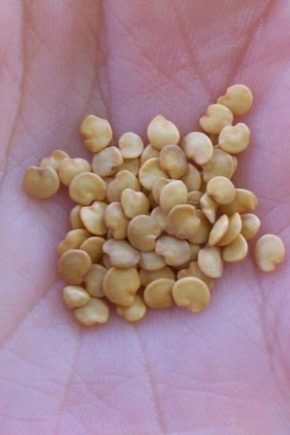
If you plan to grow eggplants on your site, then you should select and prepare seeds in advance. Seed preparation includes several stages at once. Today we will talk about how to do it correctly.
Material selection
First you need to choose the right seeds. It is best to give preference to trusted suppliers with good reviews. You should not buy seeds in the markets, as there is a high probability of buying low-quality planting material.
All the necessary information must be indicated on the seed packaging, including the variety, expiration date, species characteristics, basic recommendations for sowing. It is strictly forbidden to purchase seeds that have expired.
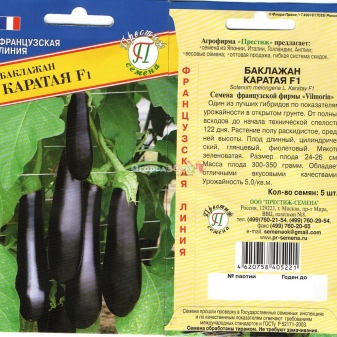

Currently, there are a large number of different varieties of eggplant. Let's highlight the most popular among gardeners:
- "King of the North";
- "Ural early ripening";
- "Ultra early";
- "Salamander";
- "Africa".
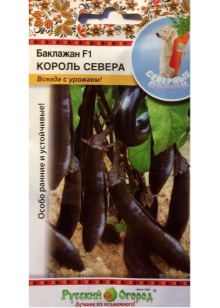
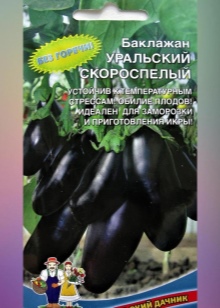

It is better to check seeds for germination. To do this, you can prepare a solution of sodium chloride. The material is dipped into the composition and mixed thoroughly. After 30-40 minutes, all the seeds that eventually surfaced are removed.
This check is recommended a few days before sowing. After it, the seeds must be washed well under running water, slightly dried.


Do you need preparation and why?
Presowing preparation is necessary in order to get the strongest and strongest shoots in the end, to grow healthy seedlings. Before planting, the seeds are treated with special disinfectants - they allow you to destroy all harmful organisms, and also significantly increase the immunity of the material to various diseases and pests.
Preliminary soaking of seeds will make it possible to increase germination, promotes faster emergence of seedlings. Besides, this procedure will also increase the yield level.
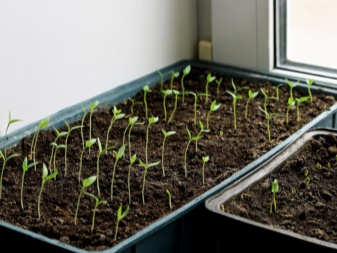
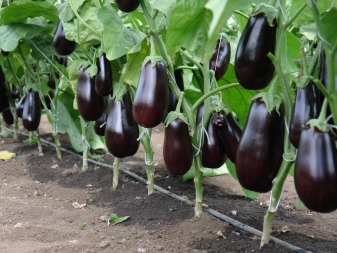
Disinfection
Disinfection is a necessary procedure when treating seeds. After all, they can contain harmful fungi, various harmful organisms, which can lead to the death of seedlings in the future, so it is better to immediately destroy them by means of disinfection.
To achieve the most effective result, it is also recommended to disinfect the soil and planting boxes. There are many ways to carry out this procedure.
Often, a solution of potassium permanganate is taken. Wherein the material must be kept in the finished dark pink composition for 20-25 minutes. Hydrogen peroxide can also be used. In this case, the seeds are soaked for 20 minutes in a 3% solution.
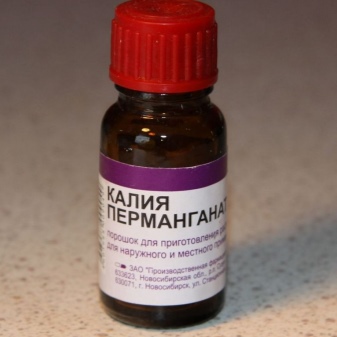
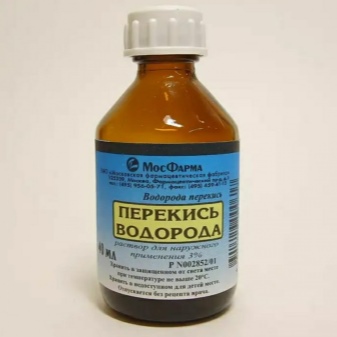
Some gardeners use the drug Fitosporin-M. This method is most effective. The seeds will need to be poured with a solution for 30 minutes.
Many gardeners prepare various homemade folk remedies for disinfection. So, a tincture with garlic would be a good option. To prepare it, you need to take three garlic cloves, chop them and fill them with water for a day (100 ml of liquid). In the finished composition, everything is soaked for half an hour.
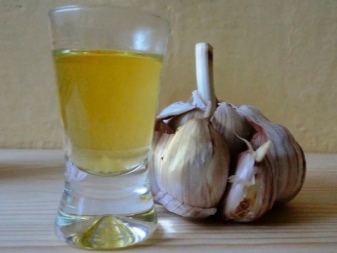
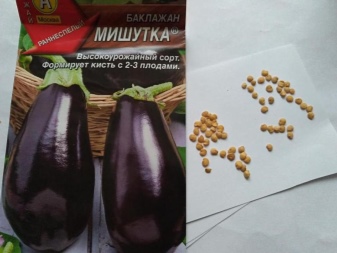
Growth stimulation
This treatment will give the opportunity to maximize the vigor of germination. It allows you to speed up this process, to get strong shoots as a result.The procedure should be performed either immediately after disinfection, or shortly before the start of germination.
It is better to wrap the seeds in a cloth or put them in a small cloth bag. The most effective stimulants are the following:
- Epin-Extra;
- Energen;
- "Zircon".
It is necessary to dilute the solution in strict accordance with the instructions. The above substances are easy to find in garden stores.

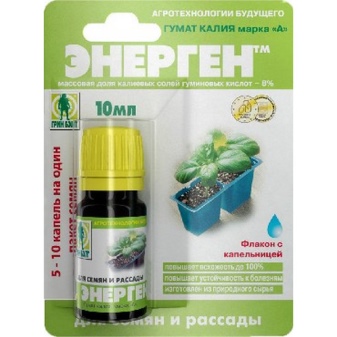
To stimulate growth, it is permissible to use different biological components, they will also improve germination. Aloe juice is a good option; it is mixed with water (1: 1 ratio). Seed material is placed in the finished solution, there it must be left for a day. It is best to place the aloe leaves in the refrigerator for 10-12 days beforehand to maximize efficiency.
Honey can also do. In this case, you need to fill the glass with slightly warmed water, add 1 teaspoon of honey there. There you will need to soak the seeds, they are left for 5-6 hours.
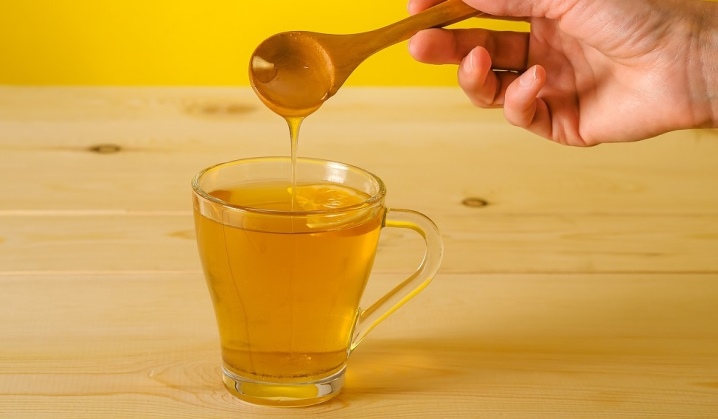
Wood ash is also suitable for processing. One tablespoon of ash is diluted in a glass with boiled liquid. In this form, the mixture is infused for two days. After that, the planting material is soaked in it for 5-6 hours.
Remember that after processing the seeds in such a substance, it is strictly forbidden to wash them with water. It is better to plant them immediately in the ground or send them for germination.
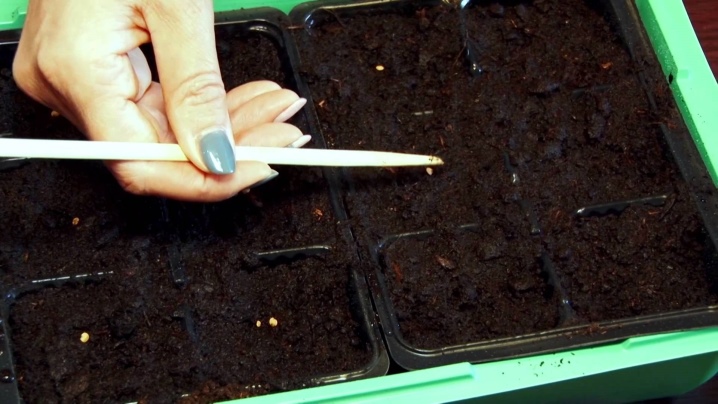
Germination
After disinfection and soaking in the stimulator, the seeds will be completely ready for sowing. But many gardeners, after these procedures, send seed for germination.
In this case, a piece of fabric is first prepared. It is soaked in clean boiled water. Seeds are carefully wrapped in a cloth. The bundle is laid out on a small saucer. Further, all this is covered with a thin film, in this form, the seed is placed on the kitchen cabinet. It will be necessary to periodically remove the film and layer of fabric in order to ventilate the material. You also need to constantly monitor the level of humidity.
Daily monitoring is also necessary in order to check if the first shoots have appeared. Remember that germinated seeds are especially prone to injury when planting. After they have germinated, they are immediately sown into seedling boxes filled with moist potting soil.
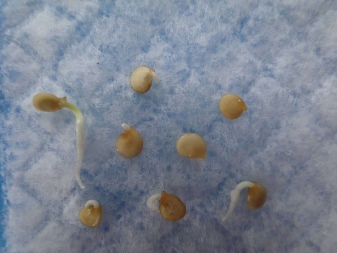
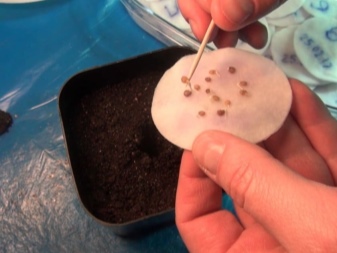
Hardening
In the process of preparing the seed, it is recommended to carry out the hardening procedure. This is especially true for thermophilic varieties. Exposure to cold air will strengthen plant immunity. Hardened vegetation will be able to withstand various adverse natural factors and diseases.
To carry out this procedure, you will need to take a piece of cloth and wet it with water. The seed is wrapped in it, all this is covered with a lid and in this form is put on the upper shelf of the refrigerating chamber.
During the hardening process, it is necessary to carry out a contrasting alternation, in which the fabric with seeds will be 12 hours in the refrigerator, and 12 hours indoors at room temperature.
After 6-7 days, the processed eggplant seeds are sown in the prepared soil.
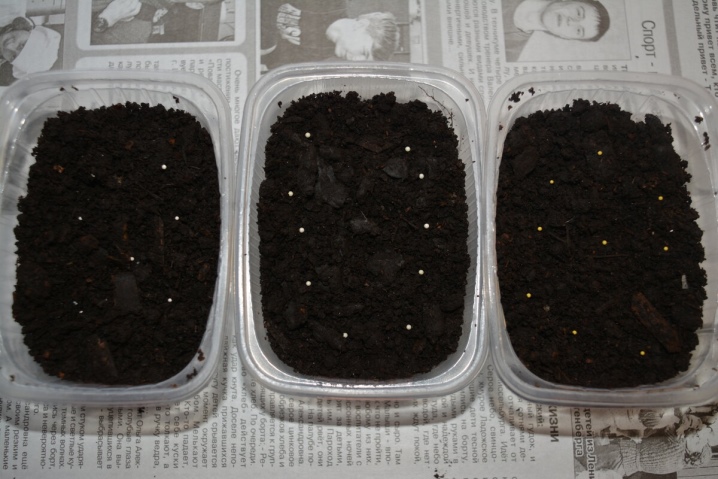
Sometimes, during preparation, bubbling is also performed. A compressor for an aquarium is used for this. The seeds are carefully poured into a container, which is pre-filled with clean heated water by 2/3 parts. After that, the hose is lowered there and the device is turned on.
If you need to process several varieties at the same time, then a cloth bag should be used for each of them. If you want to save your time, then the growth promoter can only be added at this stage of processing. Sparging will help saturate the material with oxygen, soften the outer shell of the seeds.
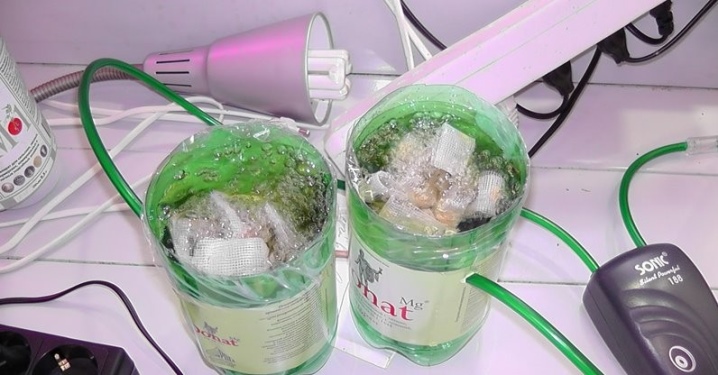












The comment was sent successfully.